Home>diy>Planning & Engineering>What Is Zoning PD


Planning & Engineering
What Is Zoning PD
Modified: January 9, 2024
Discover the basics of zoning PD and its significance in planning and engineering. Explore the role of zoning in land use regulations and development.
(Many of the links in this article redirect to a specific reviewed product. Your purchase of these products through affiliate links helps to generate commission for Storables.com, at no extra cost. Learn more)
Introduction
When it comes to urban planning and land use, one term that often comes up is Zoning PD. But what exactly is Zoning PD and why is it important? Zoning PD, short for Zoning Planned Development, is a crucial tool that allows cities and municipalities to regulate and control the use of land within their boundaries.
Zoning PD sets out specific rules and guidelines that determine what types of activities can take place within a certain area, such as residential, commercial, industrial, or recreational. It helps to ensure that land is used in a way that is orderly, efficient, and maximizes the benefits for both the community and the landowners.
At its core, Zoning PD aims to strike a balance between different land uses, prevent incompatible activities from coexisting, and promote the overall well-being of the community. By dividing areas of a city or town into distinct zones, Zoning PD helps to create an organized and harmonious environment where residents, businesses, and public spaces can thrive.
Throughout this article, we will explore the definition, purpose, types, process, benefits, challenges, and examples of Zoning PD. By gaining a deeper understanding of this planning tool, we can appreciate the role it plays in shaping our cities and improving the quality of life for its inhabitants.
Key Takeaways:
- Zoning PD allows for flexible, customized land-use regulations, fostering creativity, economic growth, and sustainable development while enhancing community engagement and quality of life.
- Despite challenges, successful Zoning PD projects like Seaside and King’s Cross demonstrate its transformative power in creating vibrant, inclusive neighborhoods aligned with community needs and values.
Definition of Zoning PD
Zoning PD, also known as Zoning Planned Development, refers to a land-use designation that allows for flexibility in the development and use of a specific area within a city or municipality. It is a zoning classification that deviates from the traditional zoning regulations and allows for customized land-use regulations tailored to the specific needs and characteristics of a particular development project.
Rather than adhering strictly to the predetermined land-use regulations of a city or town, Zoning PD provides a more flexible approach that considers the unique circumstances and goals of a development project. This allows for innovative and creative designs that may not fit within the conventional zoning regulations.
Under Zoning PD, developers and landowners have the opportunity to propose a specific plan for the development of their property that deviates from the general zoning regulations. This plan is subject to review and approval by the local planning authorities, who assess whether the proposed development aligns with the goals and objectives of the city or municipality.
By granting flexibility in land-use regulations, Zoning PD encourages the integration of different land uses, promotes mixed-use developments, and fosters creative placemaking. It provides an avenue for developers to create unique and distinctive projects that enhance the overall character and livability of an area.
It is important to note that Zoning PD is not synonymous with rezoning or variance. Rezoning involves changing the zoning classification of a particular area, while variance grants exceptions to specific zoning regulations. Zoning PD, on the other hand, allows for tailored land-use regulations within a specific development project while still conforming to the overall zoning scheme of the city or municipality.
Overall, Zoning PD offers a framework through which landowners and developers can collaborate with local planning authorities to create innovative and sustainable developments that contribute to the growth and vitality of an area while adhering to the broader goals and principles of urban planning.
Purpose of Zoning PD
The purpose of Zoning PD, or Zoning Planned Development, is to provide a flexible and innovative approach to land use planning that allows for the development of unique and tailored projects. It serves several key purposes in urban planning and land use management:
- Encouraging creativity and innovation: Zoning PD allows developers and landowners to propose creative and innovative designs that go beyond the standard zoning regulations. It promotes unique architectural styles, mixed-use developments, and sustainable design practices that can enhance the aesthetics and functionality of an area.
- Promoting efficient land use: By granting flexibility in land-use regulations, Zoning PD encourages the integration of various land uses within a development project. This can lead to more efficient land use, with a mix of residential, commercial, and recreational activities in close proximity, reducing the need for long commutes and promoting walkability and sustainability.
- Fostering economic development: Zoning PD can attract investment and spur economic growth by allowing for the development of unique and appealing projects that cater to market demand. It creates opportunities for businesses, restaurants, and entertainment venues to flourish, providing jobs and generating revenue for the local economy.
- Facilitating community engagement: Zoning PD often involves a collaborative process between developers, landowners, and local planning authorities. It encourages dialogue and engagement with the community, allowing for input and feedback in shaping the development project to best serve the needs and aspirations of the residents.
- Preserving natural and historic resources: Zoning PD can include provisions to protect and preserve natural and historic resources within a development project. It can require the incorporation of green spaces, the preservation of historic buildings, or measures to mitigate environmental impact, ensuring that the development harmoniously coexists with its surroundings.
- Enhancing quality of life: Zoning PD aims to create vibrant and livable communities. By allowing for a mix of land uses, it can foster a sense of place, with amenities, services, and recreational spaces easily accessible to residents. It promotes a sense of community and encourages social interaction and a higher quality of life.
In summary, the purpose of Zoning PD is to provide a planning framework that fosters creativity, encourages efficient land use, supports economic development, engages the community, preserves natural and historic resources, and enhances the overall quality of life in an area. Through this flexible approach, Zoning PD contributes to the sustainable and thoughtful growth of cities and municipalities.
Types of Zoning PD
There are several types of Zoning PD, each addressing different objectives and catering to specific development needs. The common types of Zoning PD include:
- Mixed-Use Development: This type of Zoning PD allows for a combination of residential, commercial, and/or industrial uses within a single development project. It aims to create vibrant, walkable communities where people can live, work, and play in close proximity, reducing the need for long commutes and promoting a more sustainable lifestyle.
- Planned Unit Development (PUD): PUD is a type of Zoning PD that typically applies to large-scale developments. It allows developers more flexibility to design a project without conforming to strict zoning regulations. PUDs often include a mix of residential properties, parks, recreational facilities, and commercial spaces. The design is typically focused on creating an integrated community that meets the needs and desires of the residents.
- Conservation Development: Conservation Development is a type of Zoning PD that prioritizes the preservation of natural resources and open space. It encourages developers to concentrate development in designated areas while setting aside and protecting environmentally sensitive areas. Conservation Developments often include green spaces, parks, and trails for residents to enjoy while minimizing the impact on the natural environment.
- Overlay Districts: Overlay districts are Zoning PD classifications that are applied over an existing base zoning district. They typically impose additional regulations or requirements in specific areas to address unique conditions or protect certain features. Examples of overlay districts include historic preservation districts, floodplain overlay districts, and design review districts.
- Urban Design Districts: Urban Design Districts are a type of Zoning PD that focus on the aesthetics and design of a development project. They establish guidelines and regulations related to building appearance, materials, signage, and landscaping. Urban Design Districts aim to improve the visual character of an area and create a cohesive and appealing urban environment.
It is important to note that the specific types of Zoning PD may vary depending on the local regulations and zoning ordinances of each city or municipality. It is essential for developers, landowners, and stakeholders to familiarize themselves with the specific Zoning PD types applicable in their area and work closely with planning authorities to ensure compliance and successful project execution.
Process of Zoning PD
The process of Zoning PD, or Zoning Planned Development, involves several steps and considerations to ensure the successful implementation of a customized development project. While the specific process may vary depending on the city or municipality, the general framework typically includes the following stages:
- Pre-Application: The first step in the process involves research and preliminary discussions with the local planning department to understand the requirements and regulations pertaining to Zoning PD. This includes reviewing the comprehensive plan, zoning ordinances, and design guidelines for the area where the development is proposed.
- Project Proposal: Once the initial research is completed, the developer submits a project proposal to the local planning authority. This proposal outlines the details of the development project, including the site plan, architectural drawings, intended land use, and any requested deviations from the existing zoning regulations.
- Public Hearing and Review: The project proposal typically undergoes a review process, which may include public hearings, where members of the community can provide input and feedback on the proposed development. The local planning authority also examines the proposal to ensure it aligns with the goals and objectives of the city or municipality.
- Environmental Assessments: In some cases, environmental assessments may be required to evaluate the potential impact of the proposed development on the surrounding environment. This may involve studies on traffic patterns, noise levels, air quality, and the preservation of natural resources. The assessments are subject to regulatory requirements and are often conducted by independent consultants.
- Conditional Approval and Agreement: Upon completion of the review process, the local planning authority may grant conditional approval for the Zoning PD. This approval is typically accompanied by an agreement that outlines the specific conditions, restrictions, and requirements for the development project. The developer must adhere to these conditions to proceed with the project.
- Execution and Construction: Once the conditional approval is granted, the developer can proceed with the execution and construction of the development project. This involves obtaining necessary permits and approvals, adhering to building codes and regulations, and overseeing the construction process to bring the project to fruition.
- Ongoing Compliance: After the development project is completed, ongoing compliance with the agreed-upon conditions and zoning regulations is crucial. The developer must ensure that the property is used and maintained in accordance with the approved Zoning PD and address any issues or concerns that arise during the operational phase.
The process of Zoning PD requires collaboration and communication between developers, local planning authorities, and the community. It is essential to stay organized, follow the outlined process, and remain proactive in addressing any concerns or requirements to ensure a smooth and successful implementation of the Zoning PD project.
Zoning PD, or Planned Development, allows for flexibility in land use and development standards, often tailored to specific projects. It’s important to understand the specific regulations and requirements for PD in your area before pursuing a development project.
Read more: What Is Zoning For Multifamily
Benefits of Zoning PD
Zoning PD, or Zoning Planned Development, offers numerous benefits for both developers and the community at large. The flexibility and customization it provides can lead to positive outcomes for urban planning and land use management. Here are some key benefits of Zoning PD:
- Flexibility in Land Use: Zoning PD allows for tailored land-use regulations that deviate from the standard zoning rules. This flexibility enables developers to propose unique and innovative projects that may not fit within conventional zoning regulations. It promotes mixed-use developments, adaptive reuse of existing structures, and creative placemaking.
- Enhanced Design and Aesthetics: Zoning PD focuses on creating visually appealing and well-designed developments that enhance the character and vibrancy of an area. It encourages high-quality architectural designs, sustainable practices, and the inclusion of open spaces and green areas. This results in aesthetically pleasing environments that residents and visitors can enjoy.
- Community Engagement: Zoning PD often involves a collaborative process that allows for community input and engagement. Developers have the opportunity to seek feedback and incorporate the aspirations and needs of the community into the project. This fosters a sense of ownership and pride in the development and strengthens community bonds.
- Economic Development and Job Creation: Zoning PD can attract investment and stimulate economic growth. By allowing for a mix of residential, commercial, and industrial uses, it creates opportunities for businesses to thrive and provides employment opportunities for local residents. This can lead to increased tax revenue for the city or municipality.
- Sustainable Development: With its focus on efficient land use and environmental considerations, Zoning PD can promote sustainable development practices. It encourages the integration of green spaces, promotes walkability and bikeability, and allows for the preservation of natural resources. Sustainable development improves the overall well-being of the community and contributes to a healthier environment.
- Adaptability to Changing Needs: Zoning PD allows for flexibility to adapt to changing market demands and community needs. Developers can modify their plans and make adjustments as necessary, ensuring that the development remains relevant and meets the evolving needs of the community over time.
Overall, Zoning PD provides a framework that encourages creativity, community engagement, economic growth, and sustainable development. It allows for the creation of unique and vibrant spaces that enhance the quality of life for residents while catalyzing economic opportunities. By embracing Zoning PD, cities and municipalities can achieve a harmonious balance between development and livability, ensuring a prosperous and thriving future.
Challenges of Zoning PD
While Zoning PD, or Zoning Planned Development, offers many benefits, it also presents some challenges that need to be addressed for effective implementation. These challenges include:
- Complexity and Transparency: Zoning PD can be a complex process that involves various stages, requirements, and regulations. The intricacies of the process may require the assistance of professionals to navigate, which can present a barrier for smaller developers or individuals without sufficient resources. Additionally, ensuring transparency in the decision-making process and managing public input can be challenging.
- Community Opposition: Implementing Zoning PD can face resistance from community members who may have concerns about the impact of the proposed development on their neighborhood. Balancing the needs and desires of the community with the objectives of the development project requires effective communication, community engagement, and consideration of stakeholders’ input.
- Inconsistent Application: The application of Zoning PD can sometimes be inconsistent across different development projects or municipalities. This can result in uncertainty for developers who may not be clear on the requirements and expectations. Ensuring consistent application and clear guidelines can help create a more efficient and fair process.
- Infrastructure and Services: Zoning PD may require additional infrastructure or service provisions to support the proposed development. This can strain existing resources such as transportation, utilities, schools, and healthcare facilities. Adequate planning and coordination are needed to ensure that the necessary infrastructure and services are in place to accommodate the development without compromising the quality of life for existing residents.
- Balancing Individual and Community Interests: Zoning PD requires striking a balance between meeting the needs of the individual developer and the broader community objectives. Developers may seek more lenient regulations or exceptions to maximize their project’s potential, while the community’s interests lie in preserving the overall character and quality of the neighborhood. Resolving this tension requires careful consideration and compromise.
- Longer Approval Timelines: Zoning PD often involves a more extensive review and approval process compared to conventional zoning regulations. This can lead to longer timelines and potential delays in project execution. Developers need to allocate sufficient time and resources to navigate the process and factor in potential delays when planning their projects.
Addressing these challenges requires effective communication, collaboration, and transparency between developers, local planning authorities, and the community. Striking a balance between individual interests and community needs, ensuring consistent application of regulations, and providing adequate infrastructure and services are key to overcoming these challenges and successfully implementing Zoning PD projects.
Examples of Zoning PD
Zoning PD (Zoning Planned Development) has been implemented in various cities and municipalities around the world, resulting in unique and innovative development projects. Here are a few examples that showcase the diverse applications of Zoning PD:
- Seaside, Florida, USA: Seaside is a renowned example of Zoning PD that revolutionized urban planning. It prioritized walkability, mixed land uses, and a unique architectural style. The development’s success has inspired other communities to adopt similar principles and create pedestrian-friendly, environmentally conscious neighborhoods.
- The Pearl District, Portland, Oregon, USA: Once an industrial area, The Pearl District in Portland underwent a transformation through Zoning PD. It now boasts a mix of residential lofts, commercial spaces, art galleries, and parks. By preserving historic buildings and focusing on sustainability, The Pearl District exemplifies successful urban revitalization through Zoning PD.
- Chengdu Tianfu International Airport, China: The Zoning PD for Chengdu Tianfu International Airport includes the construction of not only the airport itself but also the development of commercial, residential, and transportation facilities around it. The project aims to create an aerotropolis, where the airport becomes the center of a vibrant and interconnected urban area that attracts businesses and improves regional economic growth.
- King’s Cross, London, UK: The regeneration of King’s Cross in London utilized Zoning PD to transform a former industrial site into a thriving mixed-use neighborhood. Zoning PD allowed for the integration of commercial offices, residential buildings, retail spaces, and public amenities such as parks, creating a vibrant and inclusive urban environment.
- Vauban, Freiburg, Germany: Vauban, a neighborhood in Freiburg, embraced Zoning PD to prioritize sustainable development practices. It focuses on pedestrian and bike-friendly design, energy-efficient buildings, and car-free zones. Vauban has become a model for sustainable urban planning, demonstrating the environmental and social benefits that can be achieved through Zoning PD.
These examples highlight the versatility of Zoning PD in shaping communities to align with specific goals and values. From revitalizing industrial areas to promoting sustainability and creating vibrant mixed-use neighborhoods, Zoning PD has played a pivotal role in transforming cities and improving the quality of life for residents.
Conclusion
Zoning PD, or Zoning Planned Development, is a crucial tool in urban planning that allows cities and municipalities to regulate and control land use in a flexible and tailored manner. By deviating from standard zoning regulations, Zoning PD enables developers to propose innovative and customized projects that align with the goals and needs of the community. This ultimately contributes to the creation of vibrant, sustainable, and inclusive neighborhoods.
Throughout this article, we have explored the definition, purpose, types, process, benefits, challenges, and examples of Zoning PD. We have seen that Zoning PD promotes creativity, economic growth, efficient land use, and community engagement. It encourages the integration of various land uses, fosters sustainable development practices, and enhances the overall aesthetics and functionality of an area.
However, implementing Zoning PD is not without its challenges. Complexity in the process, community opposition, and the need for infrastructure and service provisions can pose obstacles that require careful navigation and coordination. Balancing individual and community interests, ensuring transparency, and addressing potential delays are essential to the success of Zoning PD projects.
Nonetheless, the benefits of Zoning PD far outweigh the challenges. The ability to create unique, mixed-use developments that foster creativity, economic vitality, and a sense of community is invaluable. Zoning PD allows for the integration of green spaces, the preservation of historic resources, and the promotion of sustainable practices, contributing to a higher quality of life for residents.
Examining real-life examples such as Seaside, The Pearl District, Chengdu Tianfu International Airport, King’s Cross, and Vauban demonstrates the tangible impact of Zoning PD in shaping successful and thriving neighborhoods. These examples serve as inspiration and proof of the transformative power of Zoning PD when implemented effectively.
In conclusion, Zoning PD represents a dynamic and innovative approach to urban planning and land use management. By embracing Zoning PD, cities and municipalities can create vibrant, sustainable, and inclusive communities that enhance the well-being and quality of life for their residents. With careful consideration of the unique characteristics of each development project and open dialogue with the community, Zoning PD can be a powerful tool in shaping the cities of the future.
Frequently Asked Questions about What Is Zoning PD
Was this page helpful?
At Storables.com, we guarantee accurate and reliable information. Our content, validated by Expert Board Contributors, is crafted following stringent Editorial Policies. We're committed to providing you with well-researched, expert-backed insights for all your informational needs.
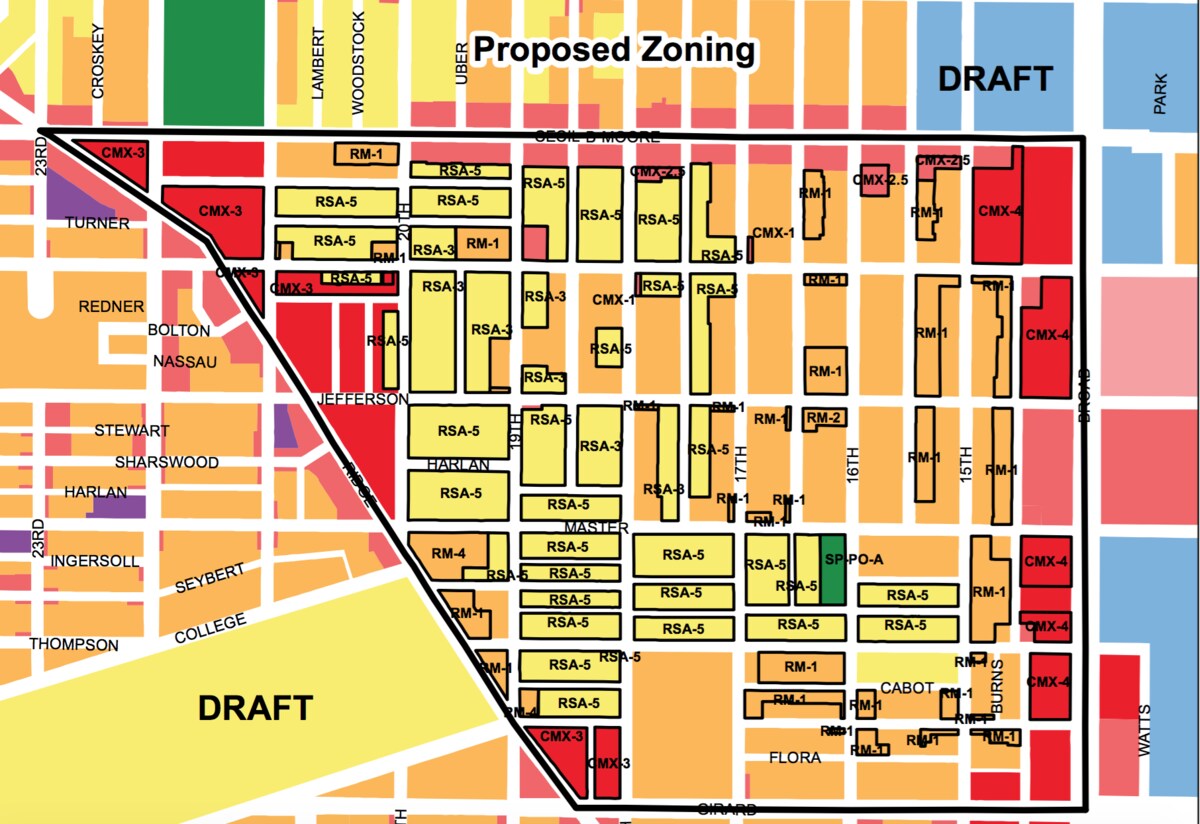
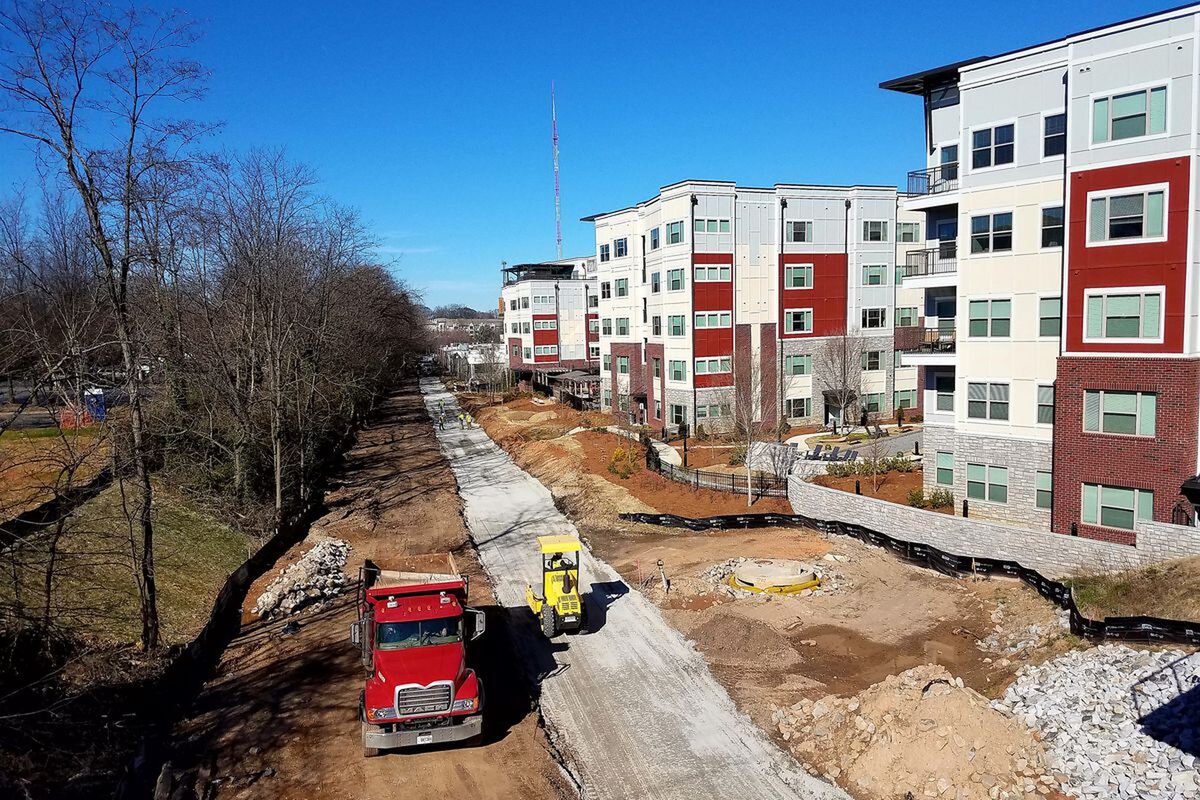
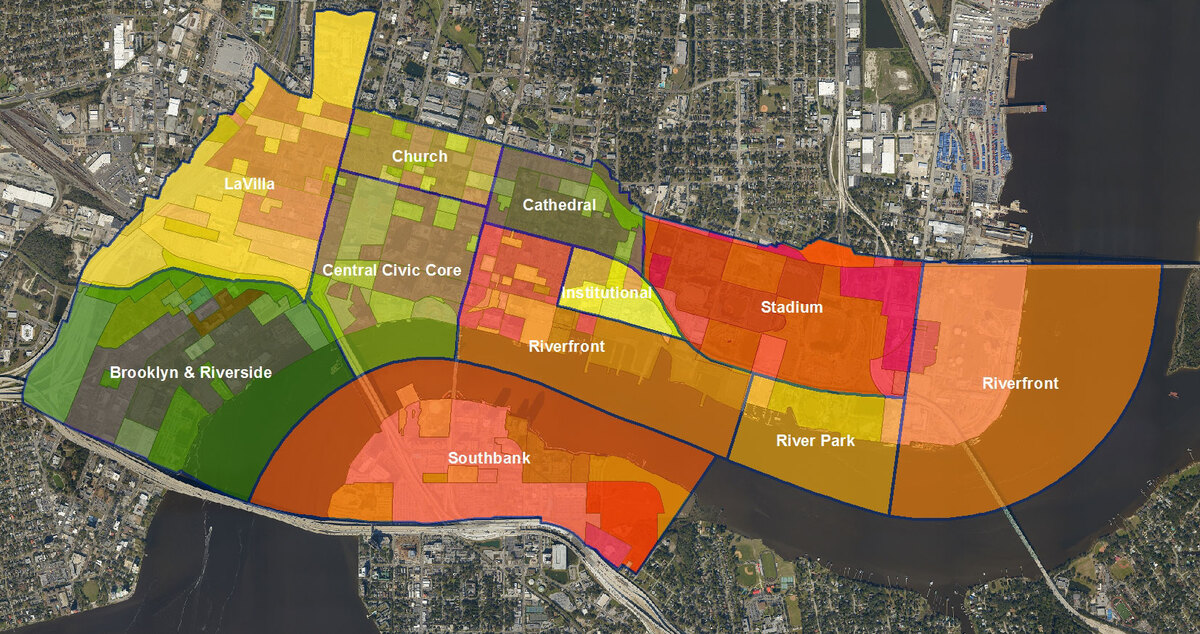
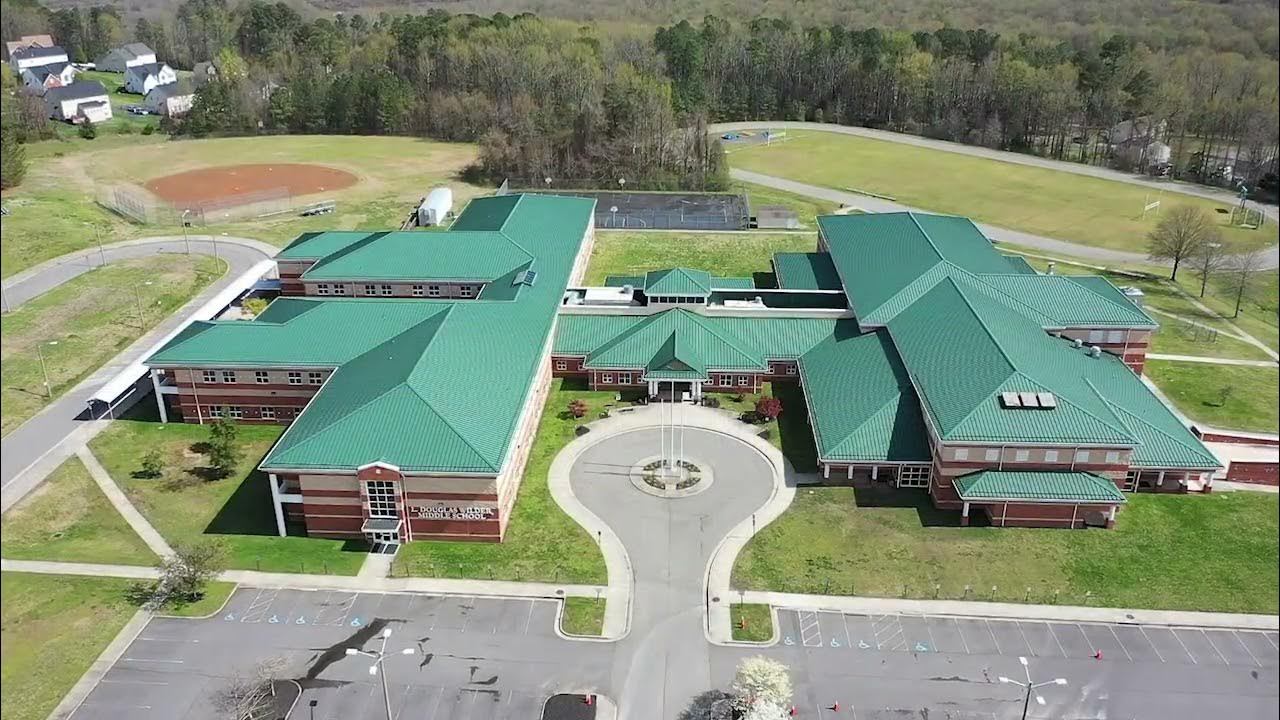


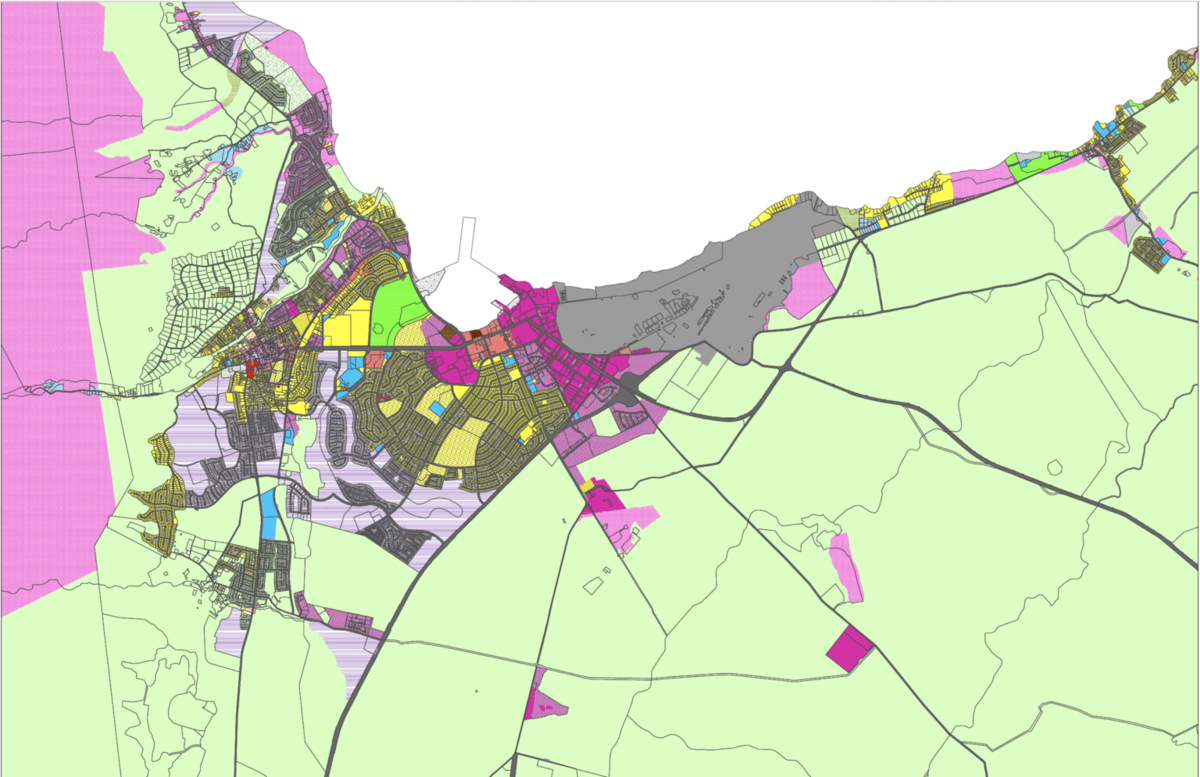

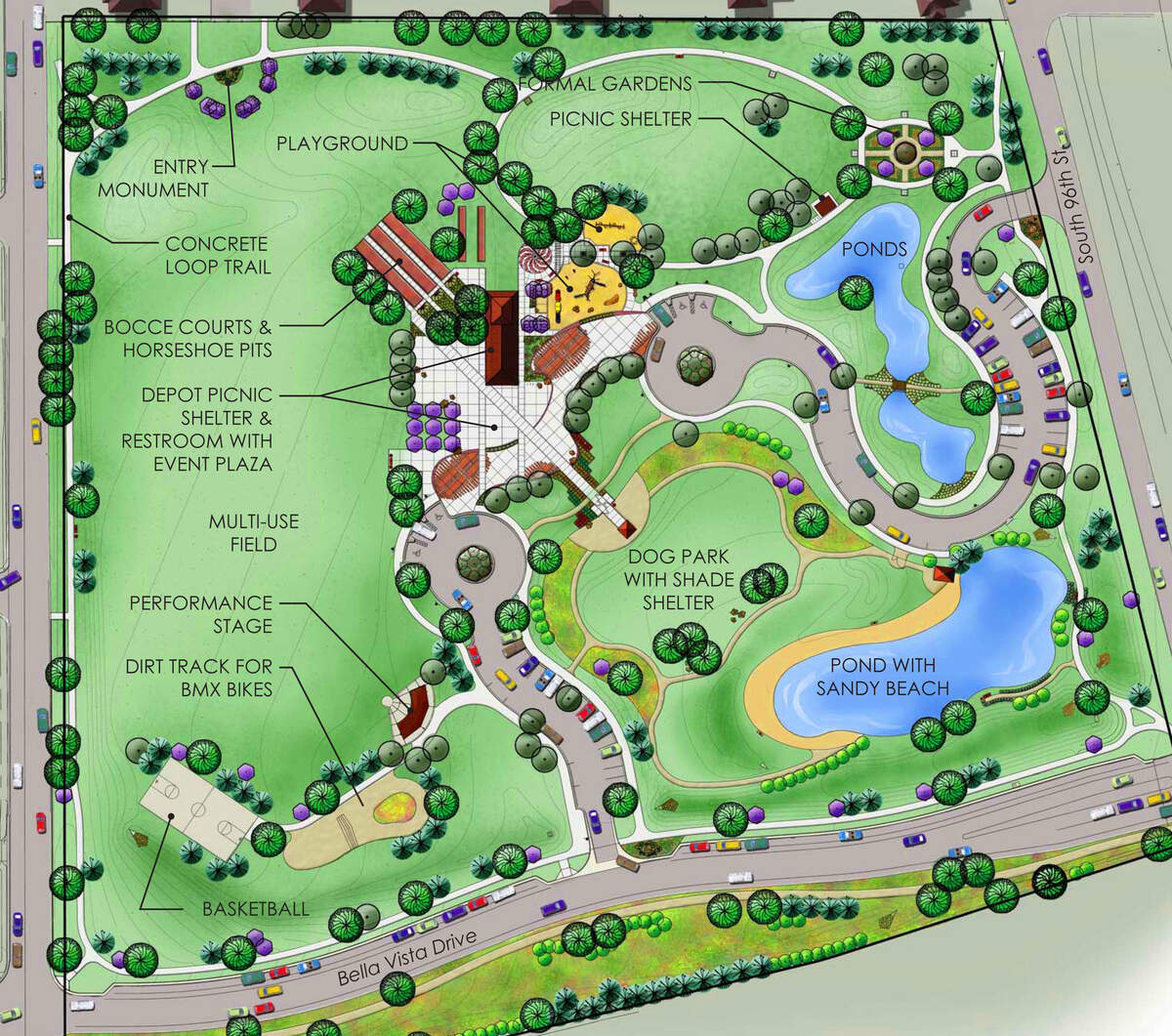
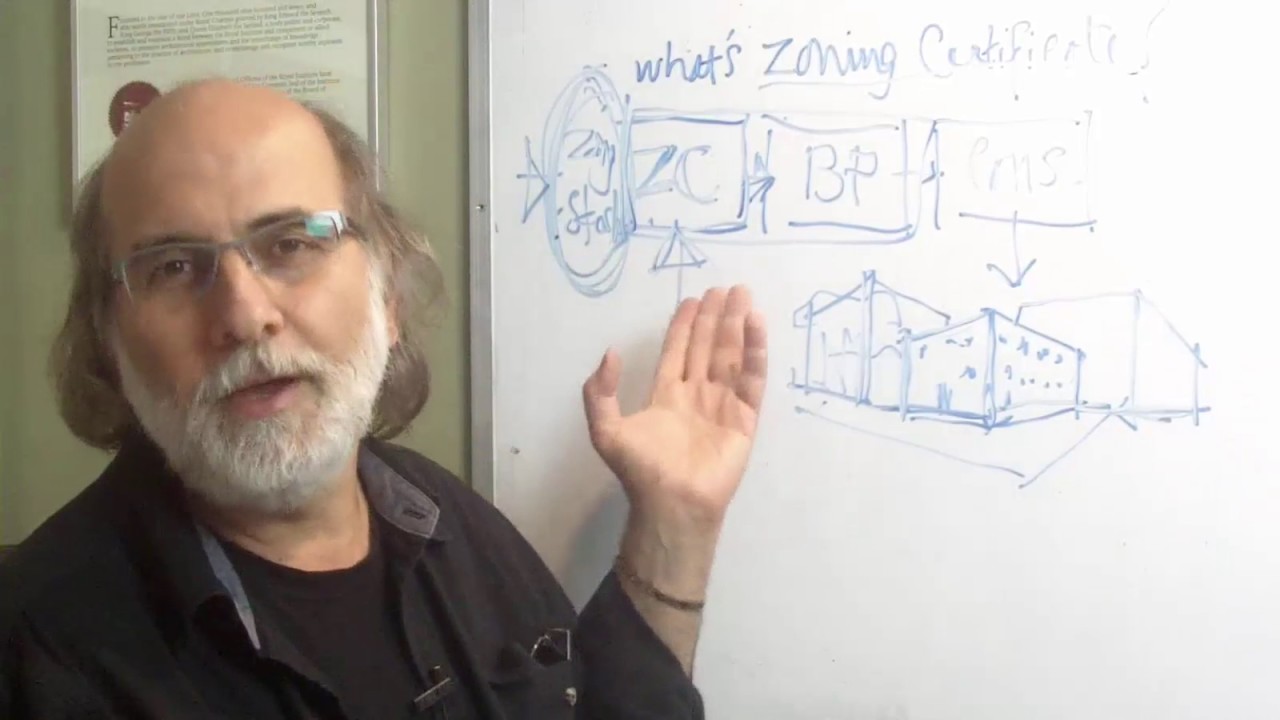
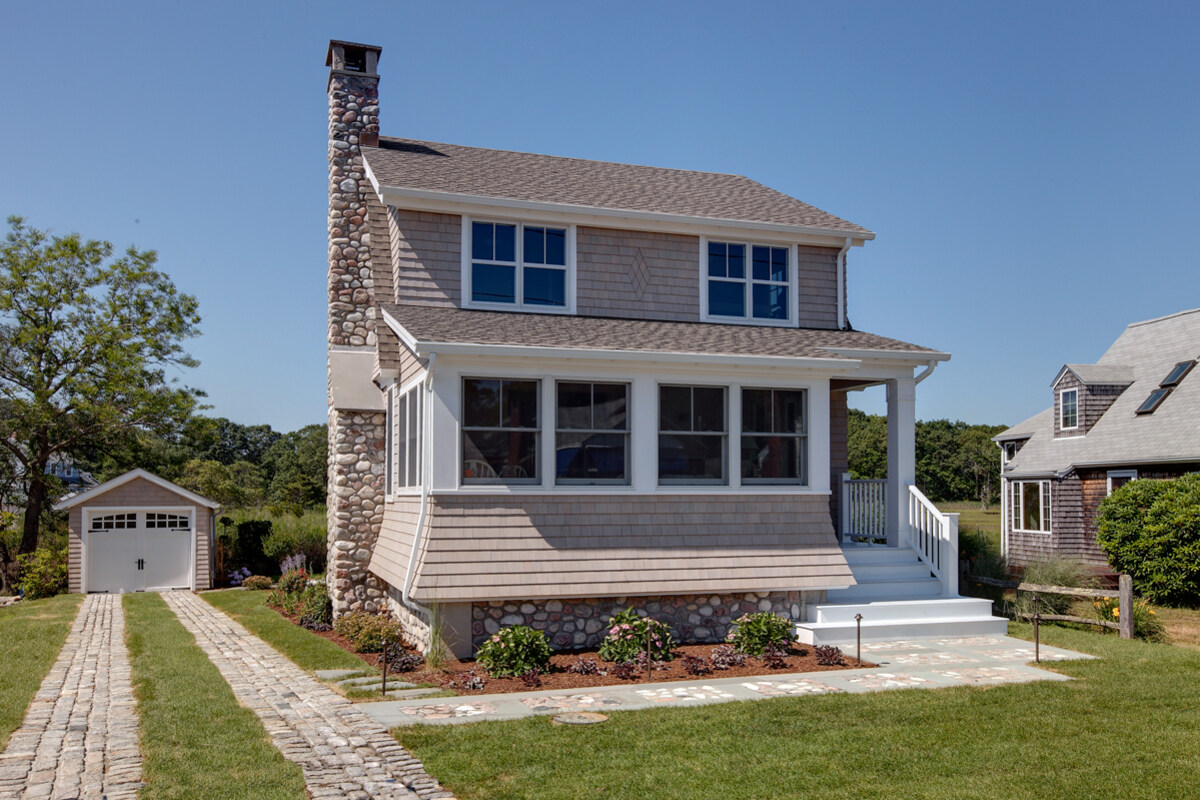


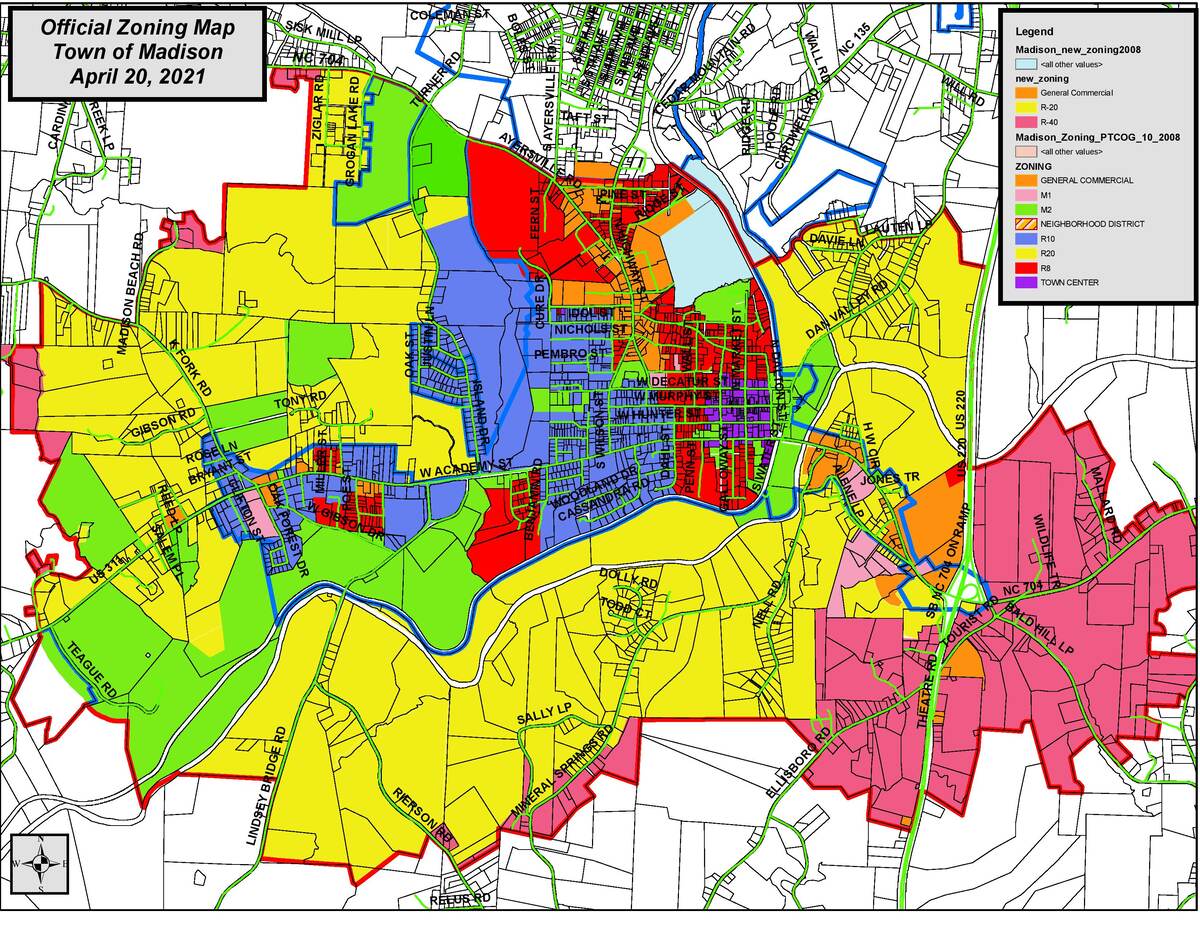

0 thoughts on “What Is Zoning PD”